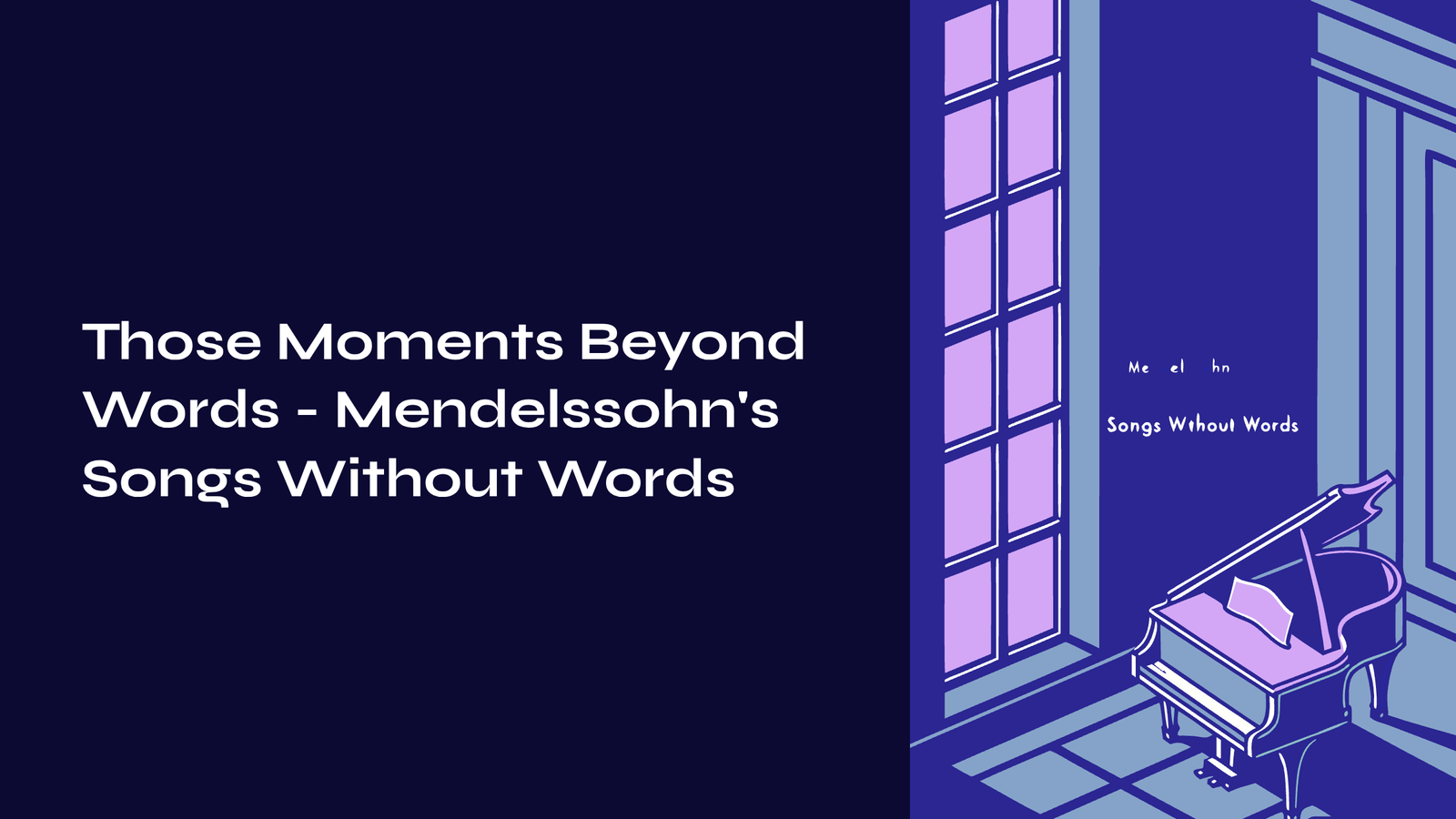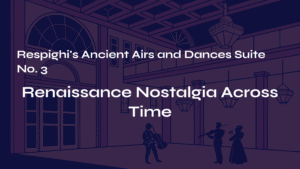Table of Contents
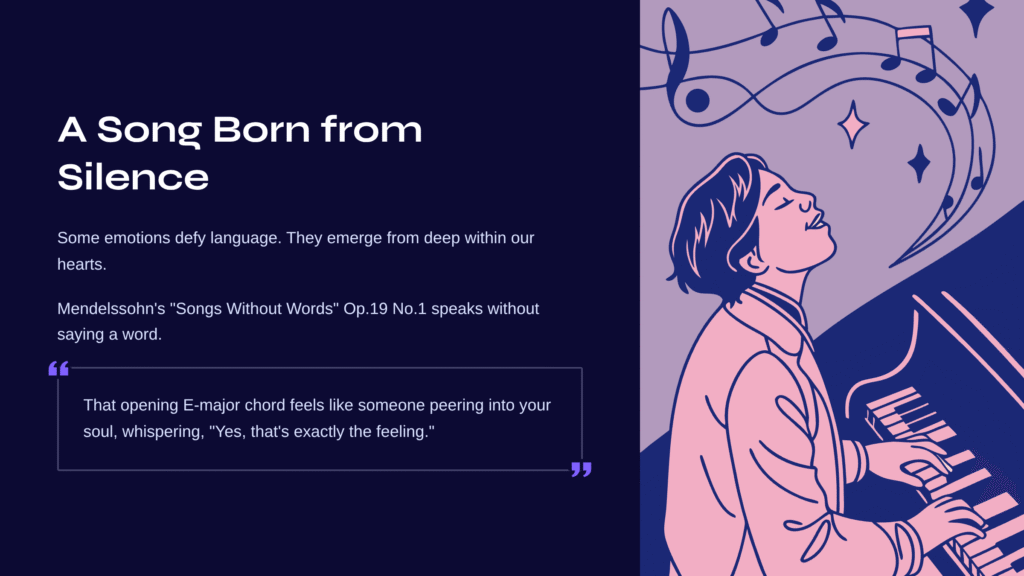
A Song Born from Silence
There are moments when words simply fall short. When the emotions welling up from deep within our hearts cannot be fully captured by any language, no matter how eloquent. In such moments, we have music. Particularly music like Mendelssohn’s “Songs Without Words” Op.19 No.1 – the kind that speaks everything without needing a single word.
I remember the first time I encountered this piece, sitting before the piano. The very instant that opening E-major chord rang out, something extraordinary happened. It felt as though someone was peering into the depths of my soul, whispering, “Yes, that’s exactly the feeling.” Those subtle emotions I could never articulate began to reveal themselves, one by one, following the contours of the melody.
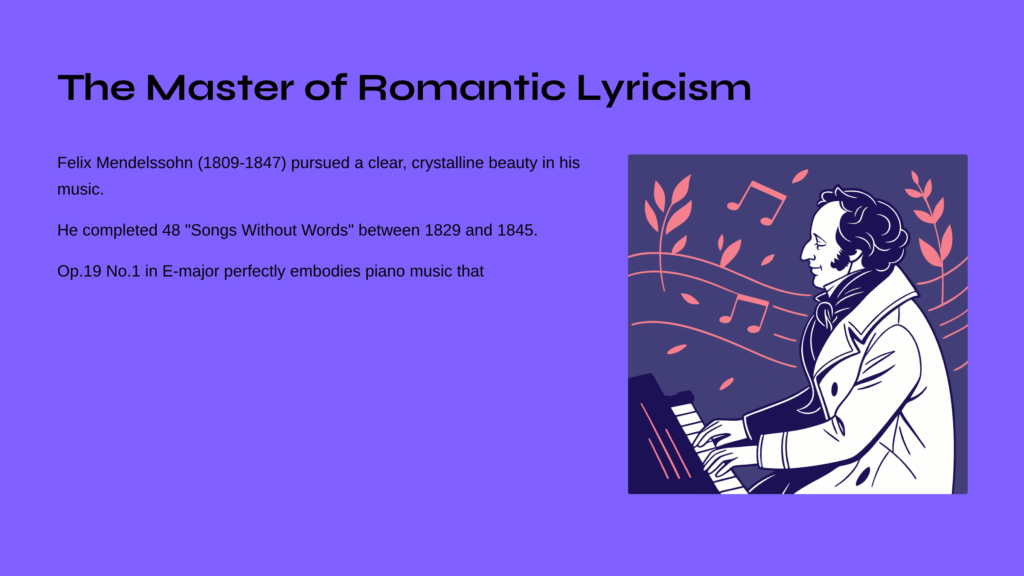
The Master of Romantic Lyricism
Felix Mendelssohn (1809-1847) occupies a unique position in the history of 19th-century Romantic music. Unlike Beethoven’s weighty drama or Chopin’s passionate lyricism, Mendelssohn pursued a clear, crystalline beauty. From 1829 to 1845, he completed no fewer than 48 “Songs Without Words,” a revolutionary contribution that introduced the concept of “wordless lieder” to piano literature.
Op.19, published in 1837 as the second volume, gained immense popularity throughout Europe. The opening piece, the E-major Andantino con moto, served as a gateway, establishing the lyrical atmosphere of the entire collection. Just as Mendelssohn intended, this piece became the perfect embodiment of piano music that truly “sings without words.”
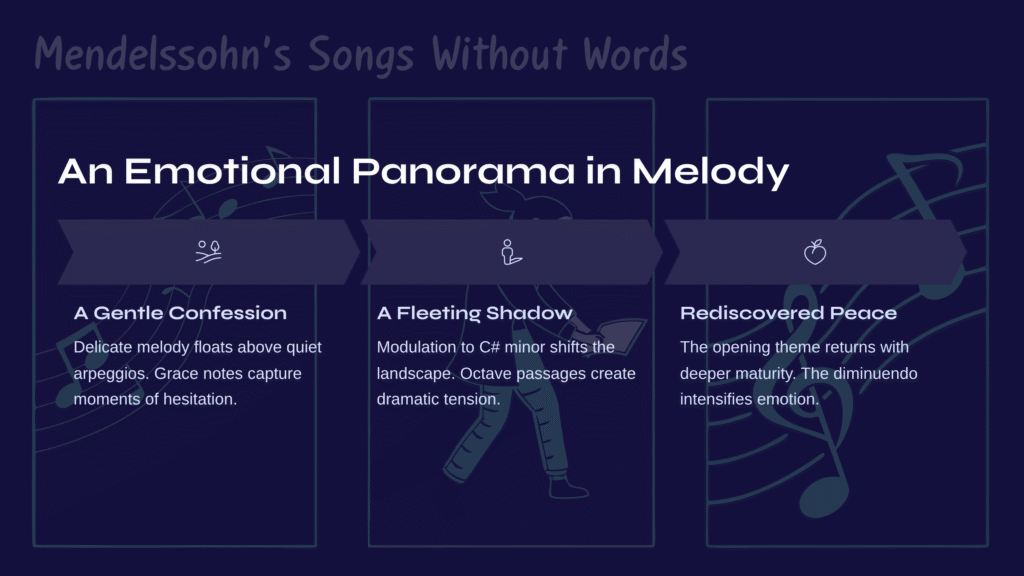
An Emotional Panorama Unfolding in Melody
The First Tale: A Gentle Confession (A Section)
The piece opens with delicate right-hand melody floating above the left hand’s quiet arpeggios. This melody, bright in E-major yet tinged with longing, feels like a lullaby sung by someone gazing out a window on a spring afternoon, thinking of a distant beloved. The tempo marking “Andantino con moto” – meaning “a slow pace with slight movement” – flows as naturally as the rhythm of the heart itself.
The grace notes woven into the right-hand melody are particularly striking. These tiny ornaments seem to capture those moments of hesitation mid-sentence, or when emotion makes one’s voice tremble with feeling. The legato melodic line creates its own natural arc, breathing life into every phrase.
The Second Tale: A Fleeting Shadow (B Section)
The sudden modulation to C# minor in the middle section dramatically shifts the musical landscape. Like clouds passing over a clear sky, shadows of darker emotion drift across the music. The octave passages that emerge in the left hand contrast sharply with the previous gentle arpeggios, injecting dramatic tension into the piece.
Yet this darkness is not despairing. Rather, it serves as contrast, making us appreciate the light even more deeply. The rhythm becomes more fragmented and complex, yet never loses its singing quality – a testament to Mendelssohn’s genius.
The Third Tale: Rediscovered Peace (A′ Section)
When the opening theme returns in the recapitulation, what relief! It’s like the warm embrace of home after a long journey. But this return is not identical to the beginning. The experience of the middle section has infused the melody with deeper maturity and wisdom.
The diminuendo and pianissimo treatment at the end is truly masterful. As the sound grows softer, the emotion paradoxically intensifies. In this moment, the music literally demonstrates the true meaning of “songs without words.”
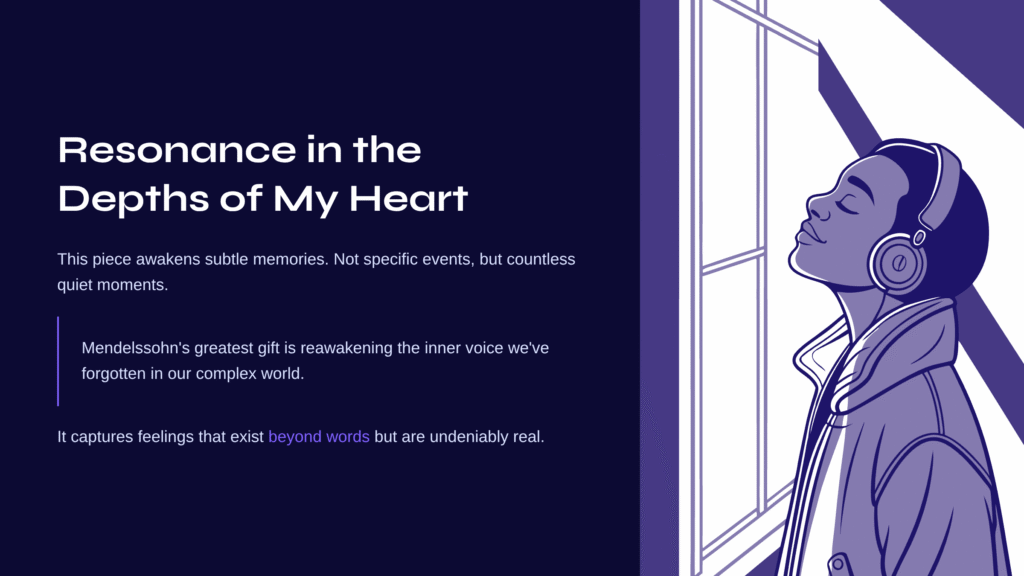
Resonance in the Depths of My Heart
Each time I listen to this piece, particular memories surface – not specific events or scenes, but rather countless subtle moments from life. Those afternoons spent in quiet longing, the gentle satisfaction found in solitude, emotions that resist description yet feel perfectly captured within this melody.
Perhaps this is the greatest gift of Mendelssohn’s “Songs Without Words” – its ability to reawaken the inner voice we’ve forgotten in our complex world. It allows us to encounter through music those feelings that exist beyond words but are undeniably real.
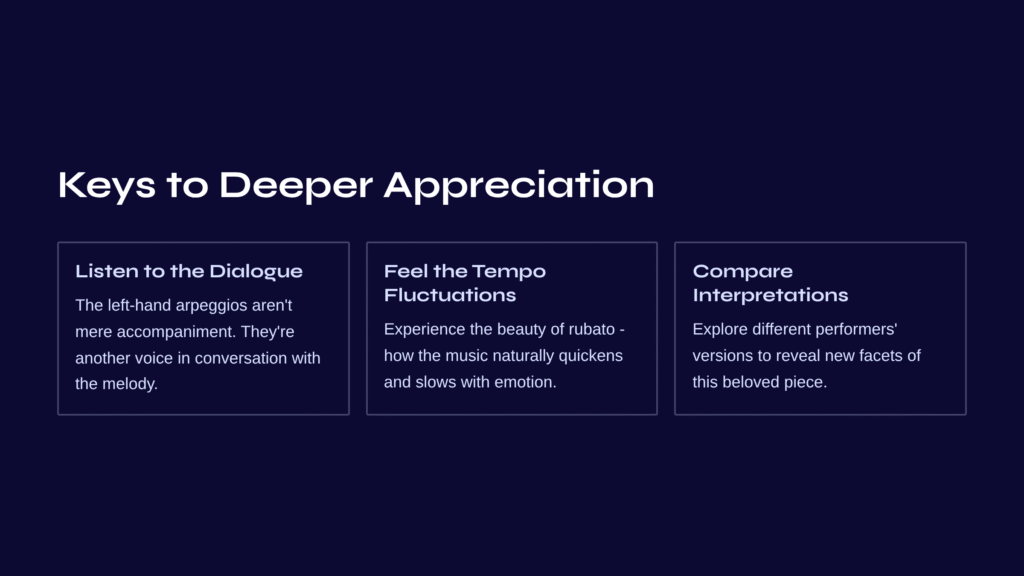
Keys to Deeper Appreciation
To enjoy this piece more profoundly, consider focusing on several key elements.
Listen to the dialogue between left and right hands. The left-hand arpeggios are not mere accompaniment but another voice in constant conversation with the right-hand melody. Hear it as two people sharing their stories with mutual understanding and empathy.
Feel the subtle tempo fluctuations. True to its “Andantino con moto” marking, this piece doesn’t maintain mechanically steady tempo. Experience the beauty of rubato – how the music naturally quickens and slows with the ebb and flow of emotion.
Compare different performers’ interpretations. As a beloved piece in many pianists’ repertoires, it offers varied coloristic interpretations. From classical masters to contemporary artists with fresh approaches, exploring different versions will reveal new facets of the work.
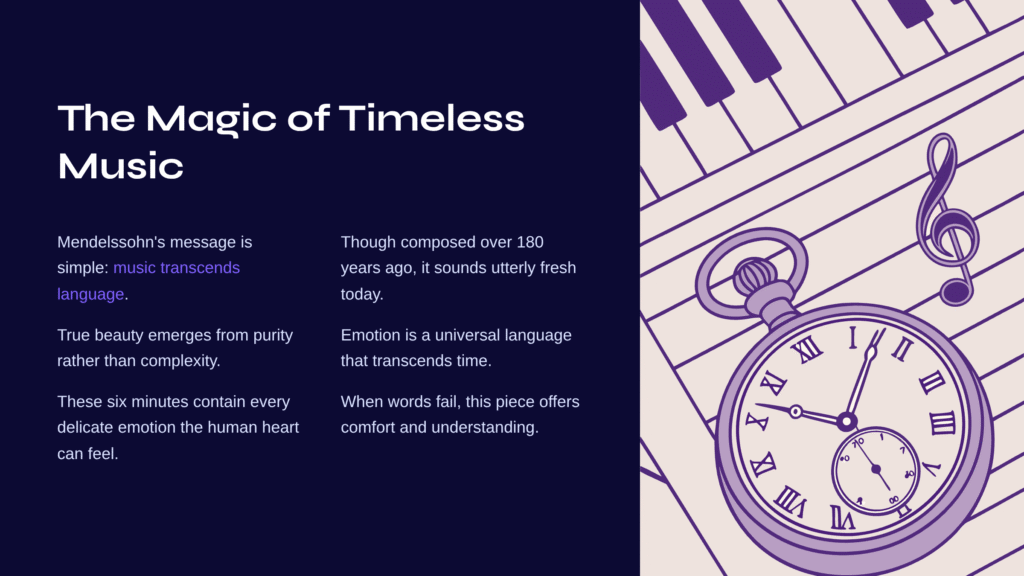
The Magic of Timeless Music
Ultimately, Mendelssohn’s “Songs Without Words” Op.19 No.1 conveys a simple message: music transcends language as a means of communication, and true beauty emerges from purity rather than complexity.
Within these brief six minutes lies every pure and delicate emotion the human heart can feel. Though composed over 180 years ago, it sounds utterly fresh to our contemporary ears. This is because emotion itself is a universal language that transcends time.
Whenever your heart feels heavy or you’re overwhelmed by feelings too complex for words, listen to this piece. The beautiful dialogue that Mendelssohn inscribed upon the piano keys will reach deep into your soul, offering comfort and understanding.
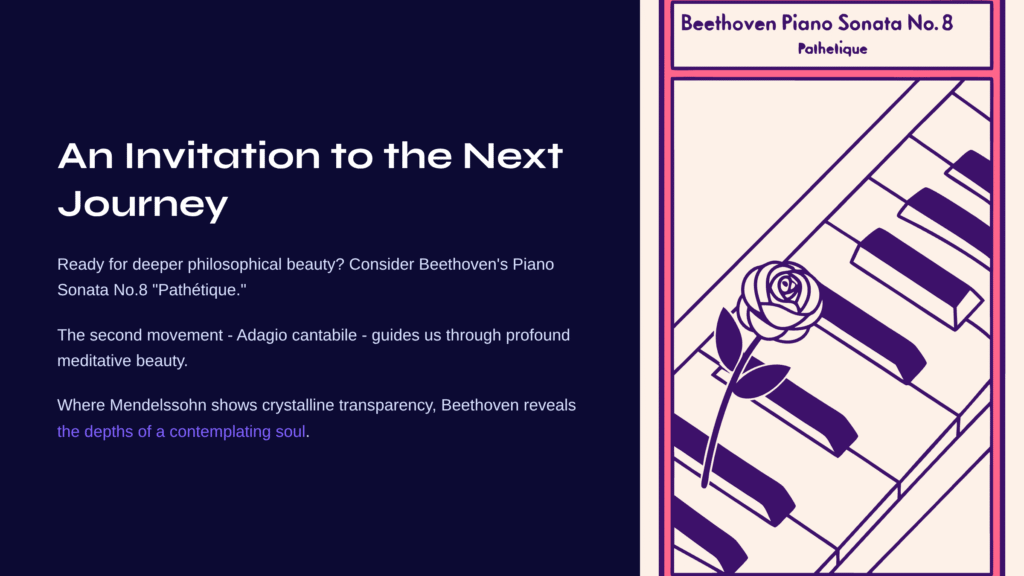
An Invitation to the Next Journey: Beethoven’s Profound Meditation
Having fully absorbed Mendelssohn’s transparent lyricism, perhaps it’s time to embark on a journey into deeper, more philosophical beauty. Beethoven’s Piano Sonata No.8 “Pathétique,” second movement, offers a different dimension of musical transcendence.
Beethoven’s Piano Sonata No.8 “Pathétique,” second movement – Adagio cantabile – guides us through the profound meditative beauty of A-flat major. This quiet island, nestled between the passionate dramas of the first and third movements, seeps into our hearts like the calm that follows a storm.
Where Mendelssohn shows us crystalline transparency, Beethoven reveals the depths of a contemplating soul. The philosophical reflection hidden within seemingly simple thematic material, the inward journey that deepens through variation – this represents one of the purest forms of emotion classical music can offer.
Rather than rushing from one piece to the next while the first still echoes in your mind, savor the beautiful silence Mendelssohn has left us. Then, when ready, step into Beethoven’s deeper meditation. You’ll experience the infinite possibilities of piano music as revealed by two masters, each in their own distinctive way.
